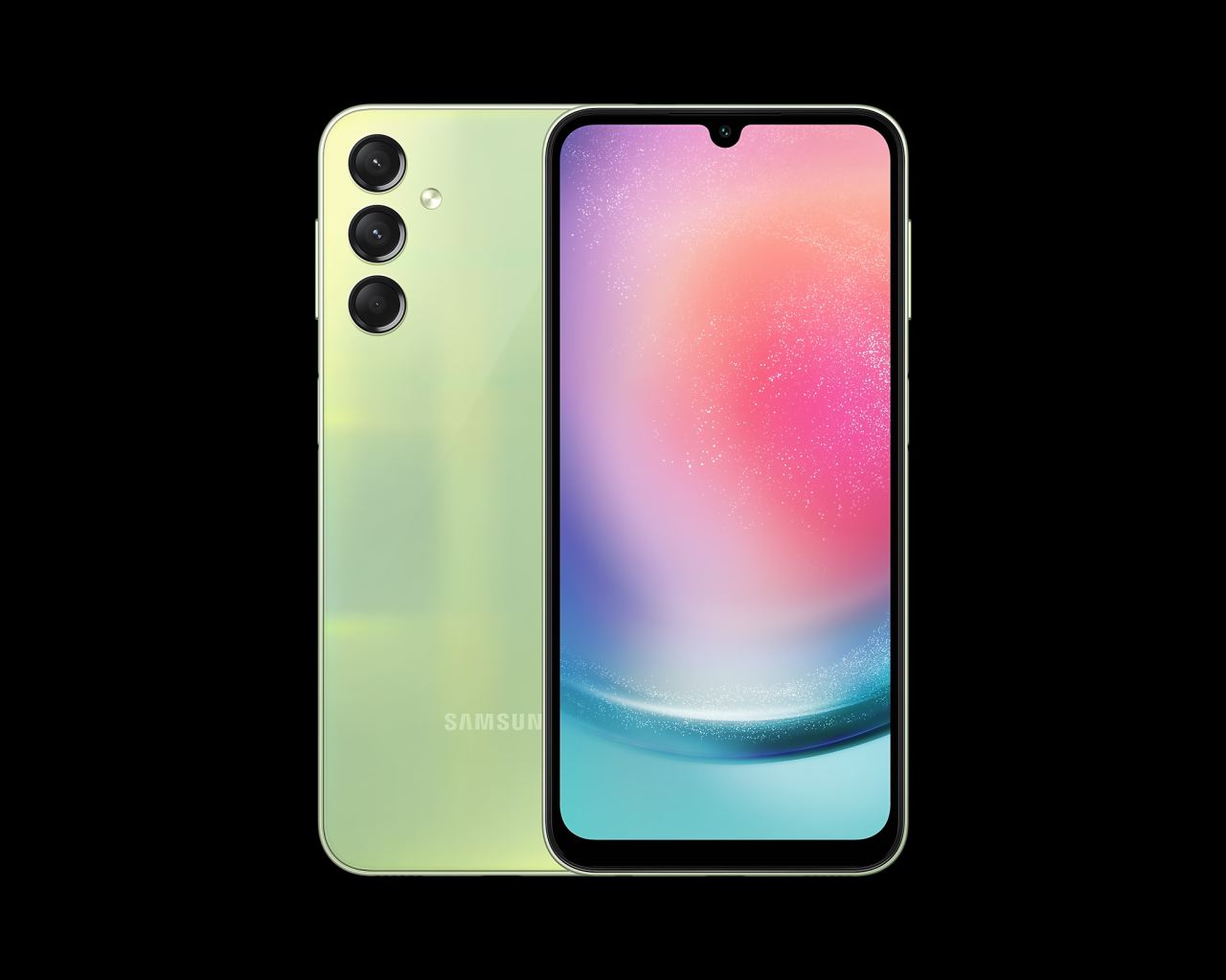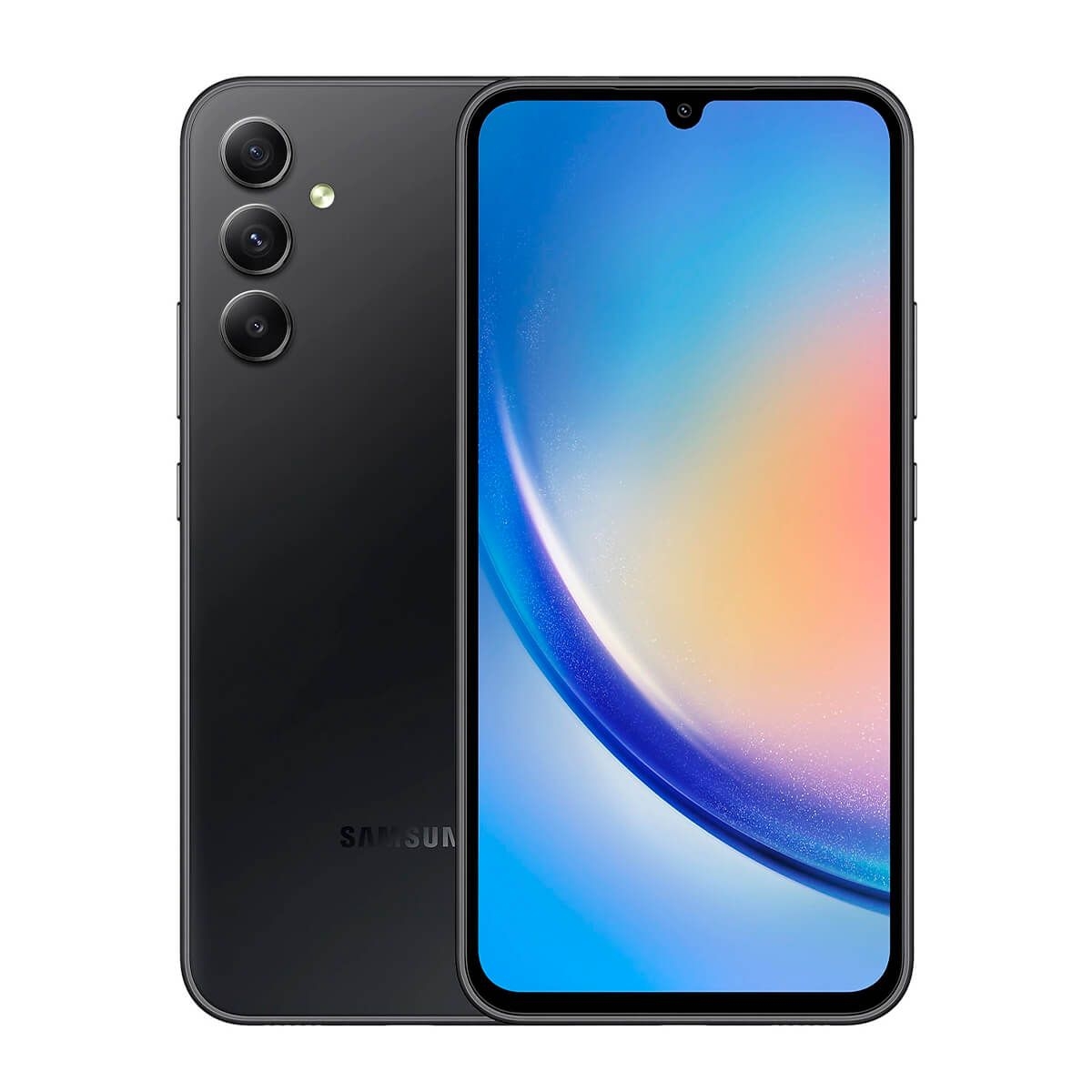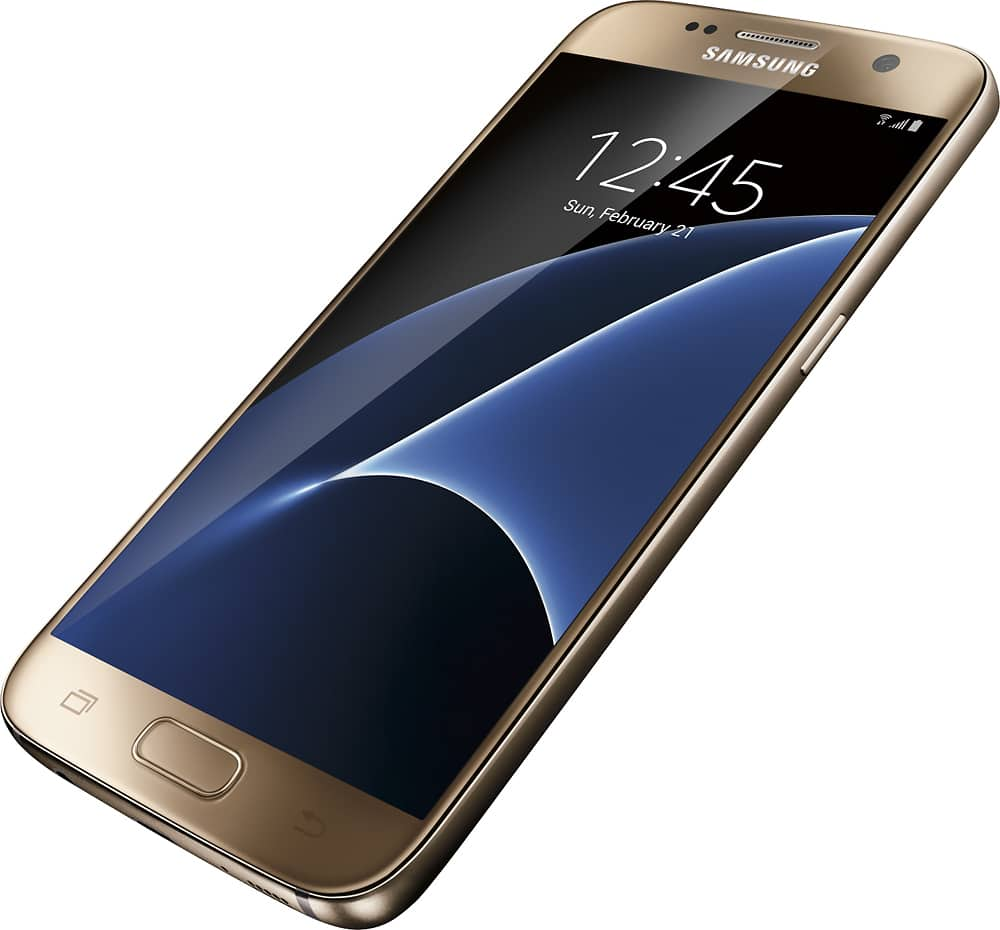samsung note7 marks a significant chapter in smartphone history, characterized by its ambitious features and unfortunate controversies. Released with high expectations, the Note7 was lauded for its sleek design and innovative technology, but it quickly became notorious for battery-related incidents that led to widespread recalls. This narrative not only explores the journey of the Note7 but also examines the broader implications it had on consumer trust and industry standards.
From its initial launch to the challenges that followed, the Samsung Note7 captured attention for both its cutting-edge capabilities and the dramatic fallout that ensued. As we delve into its specifications and the public’s reception, we uncover a story that transcends a single product and reflects the evolving landscape of technology and safety in smartphones.
Overview of Samsung Note7

The Samsung Note7 was launched with high expectations on August 19, 2016, as part of Samsung’s renowned Galaxy Note series. Positioned as a premium device, it aimed to combine high-end smartphone features with productivity tools that cater to professionals and tech enthusiasts alike. The anticipation surrounding its release was fueled by its predecessors’ successes, setting a high bar for performance and innovation.
The Samsung Note7 was celebrated for its cutting-edge technology and design aesthetics. It featured a sleek, symmetrical design with a 5.7-inch Quad HD Super AMOLED display, offering vibrant colors and deep blacks. Powered by the Snapdragon 820 or Exynos 8890 processor (depending on the region), it boasted 4GB of RAM and either 64GB of internal storage, expandable via microSD. The device also included a 12MP rear camera with dual-pixel technology for improved autofocus, an 8MP front camera, and a 3,500mAh battery. Among its standout features were the S Pen stylus, which offered enhanced functionality, and IP68 water and dust resistance, making it versatile for various conditions.
Main Features and Specifications
The Samsung Note7 was equipped with an array of features designed to enhance usability and functionality. Notable specifications include:
- Display: 5.7-inch Quad HD Super AMOLED (1440 x 2560 pixels)
- Processor: Qualcomm Snapdragon 820 or Samsung Exynos 8890
- RAM: 4GB
- Storage: 64GB internal, expandable via microSD
- Camera:
- Rear: 12MP dual-pixel with f/1.7 aperture
- Front: 8MP with f/1.7 aperture
- Battery: 3,500mAh with fast charging capabilities
- Special Features:
- IP68 water and dust resistance
- S Pen with improved features
- Samsung Knox for security enhancements
The initial consumer reception of the Samsung Note7 was overwhelmingly positive, with many reviews highlighting its impressive build quality and performance. Reviewers praised the enhanced camera capabilities, vibrant display, and the productivity features enabled by the S Pen. Users noted the seamless integration of hardware and software, which allowed for a smooth multitasking experience.
“The Samsung Note7 redefined what a premium smartphone can be, merging elegance with unparalleled functionality.”
However, these accolades were quickly overshadowed by significant issues related to battery safety, ultimately leading to a global recall. Despite its promising start, the Note7 became a cautionary tale in the tech industry, reminding manufacturers of the critical importance of quality control and safety in product development.
Controversies Surrounding Samsung Note7
The Samsung Note7 was one of the most anticipated smartphones of its time, but it quickly became synonymous with controversy due to critical battery safety issues. As reports of battery fires surfaced, Samsung faced immense scrutiny, leading to one of the most significant recalls in consumer electronics history.
The problems with the Note7 primarily revolved around its lithium-ion batteries, which were found to be prone to overheating and, in some cases, igniting. This alarming trend began shortly after the phone’s launch in August 2016, when users reported incidents of their devices catching fire, either while charging or even sitting idle. In response, Samsung initiated a recall that affected millions of units worldwide. The initial recall, which began in September 2016, involved an estimated 2.5 million devices. Samsung’s efforts to mitigate the crisis included exchanging recalled devices for replacements, but the replacement units were also found to have battery issues, leading to a second recall of approximately 1 million devices in October 2016.
Impact of the Recalls on Brand Reputation
The series of recalls had far-reaching consequences for Samsung, leading to a significant decline in market share and brand reputation. Consumer confidence plummeted as the incidents raised questions about the manufacturer’s commitment to safety and quality. The company’s reputation, which had been built on innovation and reliability, faced a considerable backlash.
To illustrate the impact:
- Samsung’s market share in the premium smartphone segment dropped from 22% to 18% in the aftermath of the recalls.
- The company reported an estimated loss of $5.3 billion in profit due to the fallout from the Note7 incidents.
- Consumer trust ratings for Samsung plummeted, with surveys showing a 30% decrease in positive sentiment toward the brand.
Steps Taken by Samsung to Address Battery Issues
In the wake of the controversies, Samsung undertook significant measures to rectify the situation and restore consumer trust. The company established a Battery Advisory Group and implemented more stringent quality control measures across its manufacturing processes. Key steps included:
- Samsung introduced a comprehensive 8-point battery safety check to ensure the safety of its devices, which included assessments of design, materials, and manufacturing processes.
- The company expanded its testing protocols with third-party experts to validate the safety of their batteries.
- Samsung engaged in extensive public relations campaigns to communicate its commitment to consumer safety, including transparent updates on the steps taken to prevent future incidents.
- The Galaxy Note series was subsequently rebranded, and Samsung released the Galaxy Note8 with enhanced safety features to regain customer confidence.
The repercussions of the Note7 saga served as a critical lesson in corporate responsibility and consumer safety in the tech industry, highlighting the imperative for manufacturers to prioritize quality assurance and customer trust in their products.
Comparison with Other Smartphones: Samsung Note7

The Samsung Note7 was a significant entry in the smartphone market, blending high-end features and innovative technology. When comparing the Note7 with its predecessors and successors, it’s crucial to evaluate aspects such as design, performance, camera capabilities, and overall user experience. Additionally, the controversies surrounding the Note7 had a profound impact on its competitive landscape, particularly with rivals like Apple and Google, which influenced consumer perception and brand loyalty.
Comparison with Predecessors and Successors, Samsung note7
The Samsung Note7 built upon the legacy of the Note series while also setting a new standard for future models. When analyzing its features, the following points highlight what made it stand out or fall short compared to other iterations:
- Design and Build Quality: The Note7 featured a sleek, glass-and-metal design that was a departure from the Note5’s more angular aesthetics. The IP68 rating for water and dust resistance was a first for the Note series, an advancement that appealed to users.
- Performance: Powered by the Exynos 8890 or Snapdragon 820 processor, the Note7 offered robust performance, similar to the Galaxy S7. However, its successors like the Note8 improved performance with the introduction of the Snapdragon 835, enhancing overall speed and multitasking capabilities.
- Camera Technology: The Note7’s camera was lauded for its excellent low-light performance and fast autofocus, mirroring the S7’s capabilities. However, the Note8 introduced dual cameras, allowing for improved photo versatility and depth-of-field effects, which swayed photography enthusiasts.
- Battery Life and Charging: While the Note7 boasted a 3500mAh battery, the infamous battery issues overshadowed its performance. Successors rectified this with improved battery management and safety features, enhancing user confidence.
Impact of Controversies on Brand Competition
The battery incidents that plagued the Note7 significantly altered the competitive landscape, particularly concerning rival brands. Consumer trust wavered, leading to notable shifts in market dynamics. The following points elaborate on this impact:
- Market Sentiment: As the Note7 faced recalls and negative media coverage, Apple capitalized on this situation, with many users gravitating towards the iPhone 7, which was heralded for its reliability, bolstering Apple’s market position during that period.
- Google’s Positioning: With the launch of the Pixel series, Google targeted consumers disillusioned by the Note7 incidents. The Pixel offered a pure Android experience with camera capabilities that gained traction among photography fans, further fragmenting Samsung’s consumer base.
- Long-term Brand Perception: The Note7 controversies led to a reevaluation of Samsung’s quality assurance protocols, affecting consumer perceptions of the brand’s commitment to safety and reliability, which could linger even with future releases.
User Opinions on Note7 vs. Competitors
User feedback on the Note7 in comparison to competitors reveals a mixed bag of sentiments. While many appreciated its innovative features, there were concerns about the battery issues that emerged. This section highlights key user opinions:
- Strengths: Users praised the Note7 for its vibrant AMOLED display, S Pen functionality, and powerful performance for multitasking. The integration of features made it a compelling choice for productivity-driven individuals.
- Weaknesses: The infamous battery issues led to a significant decline in user confidence. Many noted that while the phone had great features, the safety concerns overshadowed any positive experience, resulting in a loss of trust in Samsung’s flagship line.
- Comparative Preferences: Users comparing the Note7 with the iPhone 7 often highlighted the Note’s superior display and productivity features, while iPhone users appreciated the ecosystem and reliability, with some switching back post-recall.
Legacy and Lessons Learned

The Samsung Note7 incident has had a profound and far-reaching impact on the smartphone industry, serving as a cautionary tale of what can happen when safety is compromised. This crisis not only affected Samsung’s reputation but also had ripple effects throughout the wider technology landscape, prompting a reevaluation of safety standards and practices. The lessons gleaned from this debacle continue to resonate, shaping the future of smartphone manufacturing and design.
Long-term Impact on the Smartphone Industry
The catastrophic failure of the Samsung Note7 led to significant changes in the smartphone industry, particularly regarding safety protocols and consumer trust. The incident highlighted the urgent need for rigorous testing and quality assurance in product development. As a direct outcome, many manufacturers adopted more stringent testing measures, especially concerning battery safety. Companies such as Apple and Huawei began to emphasize comprehensive safety assessments in their production processes.
“The Note7 incident served as a wake-up call for the entire industry, emphasizing the crucial balance between innovation and safety.”
Furthermore, consumer perception shifted dramatically. Buyers became more cautious, prioritizing brands with a solid safety record. The incident resulted in increased scrutiny from regulatory bodies, leading to more invasive compliance measures across the industry. Notably, the incident also triggered a broader conversation about corporate accountability and transparency, emphasizing the importance of swift and honest communication during crises.
Influence on Product Safety Standards
Samsung’s handling of the Note7 crisis has influenced product safety standards in technology, leading to the establishment of more rigorous guidelines across the industry. Regulatory agencies worldwide took notice, prompting updates to safety regulations that govern battery production and testing. This has led to a more cohesive set of standards, ensuring that even smaller manufacturers must adhere to these protocols to protect consumers.
The implementation of new standards often includes:
- Enhanced battery safety tests, including thermal runaway assessments.
- Mandatory third-party evaluations for high-risk products.
- Regular audits of manufacturing processes to ensure compliance with safety regulations.
The response from Samsung, which included a global recall of the Note7, highlighted the necessity for manufacturers to act decisively in the face of safety risks. This proactive approach has since become a framework for how companies should manage potential hazards in their products.
Best Practices for Future Smartphone Manufacturers
Based on the experiences surrounding the Note7, several best practices have emerged for future smartphone manufacturers. Adopting these practices can help mitigate risks and enhance product safety.
Manufacturers should consider the following key practices:
- Implementing comprehensive design reviews that prioritize safety and user feedback during the development phase.
- Establishing a robust incident response protocol to address potential safety concerns immediately.
- Investing in advanced testing technologies to conduct thorough assessments of battery performance and safety.
- Fostering a culture of transparency, allowing consumers to access information about product safety and manufacturing processes.
- Collaborating with industry partners to share knowledge and best practices regarding safety standards.
By integrating these best practices, smartphone manufacturers can not only safeguard their products but also restore consumer confidence and contribute to a more secure technological environment.
Top FAQs
What led to the battery issues in the samsung note7?
The battery issues were primarily due to manufacturing defects that caused overheating, resulting in fires.
How did Samsung respond to the Note7 controversies?
Samsung initiated a global recall, offering exchanges and refunds to affected customers and implementing stringent quality checks.
What were the main features of the samsung note7?
The Note7 featured a 5.7-inch curved Super AMOLED display, an S Pen stylus, and advanced security measures like iris scanning.
Did the Note7 influence smartphone design trends?
Yes, the Note7’s design pushed competitors to adopt more premium materials and features, reflecting a shift in consumer preferences.
What is the long-term impact of the Note7 on Samsung’s reputation?
While it caused short-term damage, Samsung has since focused on rebuilding trust through improved safety practices and transparency.
The Motorola Moto X4 stands out with its sleek design and impressive camera capabilities, making it a great choice for both photography enthusiasts and everyday users. With its robust performance and water resistance, it meets the needs of modern smartphone users looking for reliability and style.
In the realm of flagship devices, the Samsung S 10 is often highlighted for its stunning display and innovative features. This smartphone not only delivers exceptional performance but also introduces a host of advanced camera functionalities, appealing to tech-savvy consumers who desire cutting-edge technology in the palm of their hands.
